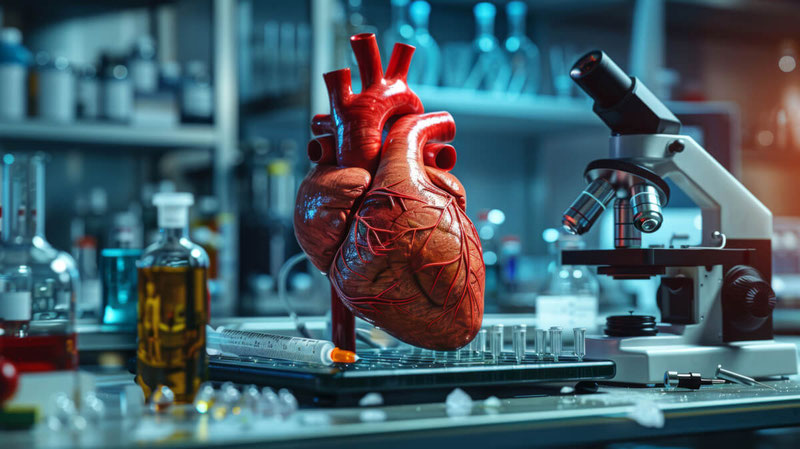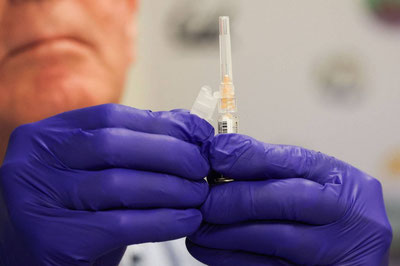Scientists from the Lewis Katz School of Medicine have discovered a new method for repairing heart tissues after a heart attack. This was reported in the journal "Theranostics."
It is reported that scientists have found that activating the PSAT gene initiates the regeneration of heart tissues. The PSAT1 gene is active during embryonic development in cell growth but is nearly inactive in adults. Researchers created a modified matrix RNA (modRNA) containing this gene and introduced it into the heart tissues of mice immediately after a heart attack.
As a result, the division of heart muscle cells increased, scar tissue decreased, and new blood vessels formed. These changes led to a noticeable improvement in heart function in the animals.
For reference, the technology used in this study—modRNA—has previously been employed in developing mRNA vaccines against COVID-19. Researchers believe this approach could serve as the basis for new methods of heart failure therapy.






